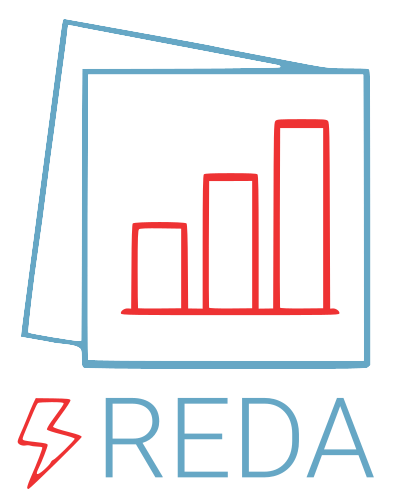Data Importers¶
Introduction¶
Importer functions are managed in reda.importers. An importer module
must provide the following functionality:
import a given data format into a
pandas.DataFrameimport electrode positions into a
pandas.DataFrame, if available in this data formatimport topography into a
pandas.DataFrame, if available in this data format
Internal structure (for developers)¶
All import functions should start with import_. Multiple import_* functions in an imported module are allowed, i.e. to provide import variations of a given data format (e.g., text files and binary data).
Each import_* function must return three variables: data, electrode positions, topography. Return None for electrode positions and topography if not available.
A basic structure for an importer would be located in reda.importers:
def import_new_data_file(filename, **kwargs):
"""Provide a proper docstring !
Parameters
----------
filename : str
Path to datafile
Additional Parameters
---------------------
individual_parameter_1: bool
Something that the user can change for the import
Returns
-------
data : pandas.DataFrame
The data, in proper format
electrode_positions : pandas.DataFrame
Electrode positions, columns x, y, z.
topography : pandas.DataFrame
Topography, columns x, y, z
"""
# code here
[...]
return data, electrode_positions, topography
Note
We retained from introducing importer objects by means of classes to make usage as simple as possible. If at some point it will be necessary to use classes for the importers, they can be built upon the import functions.
Test data¶
We require at least one test data set for each importer in order to make sure the importer works, now and in the future.
Test data should be stored in the separate testing repository, https://github.com/geophysics-ubonn/reda_testing, in order to keep the repository size of reda small. However, if data sets are not too large, one import/analysis example is fine for the documentation gallery (in the examples/ subdirectory of the reda repository).
